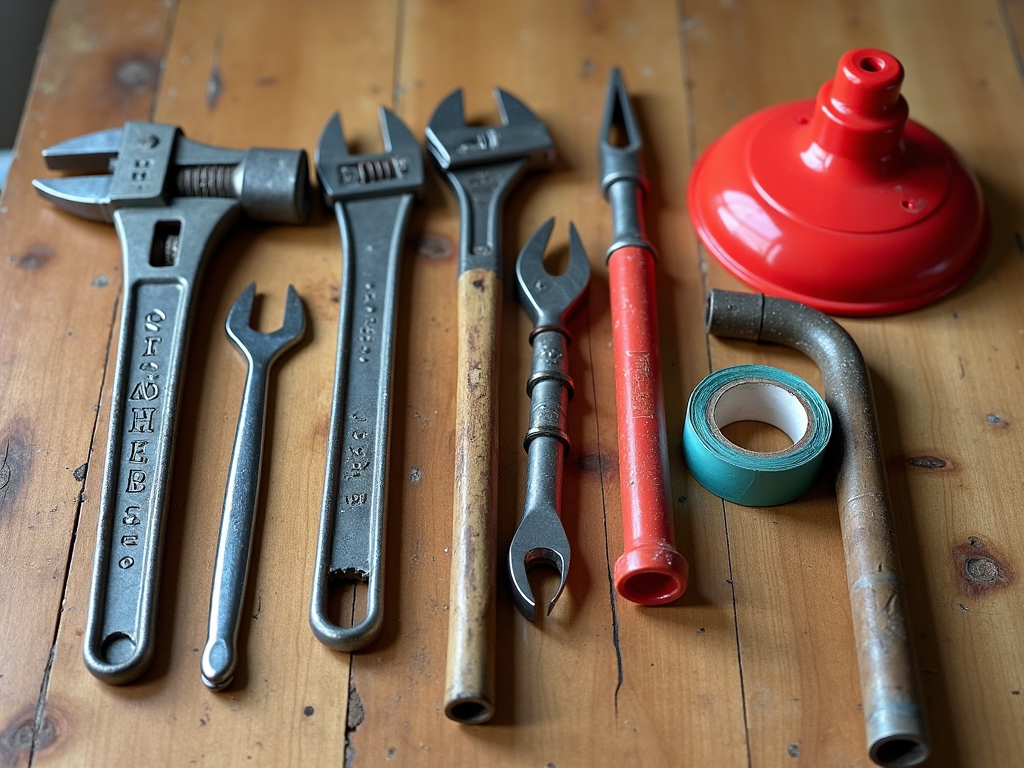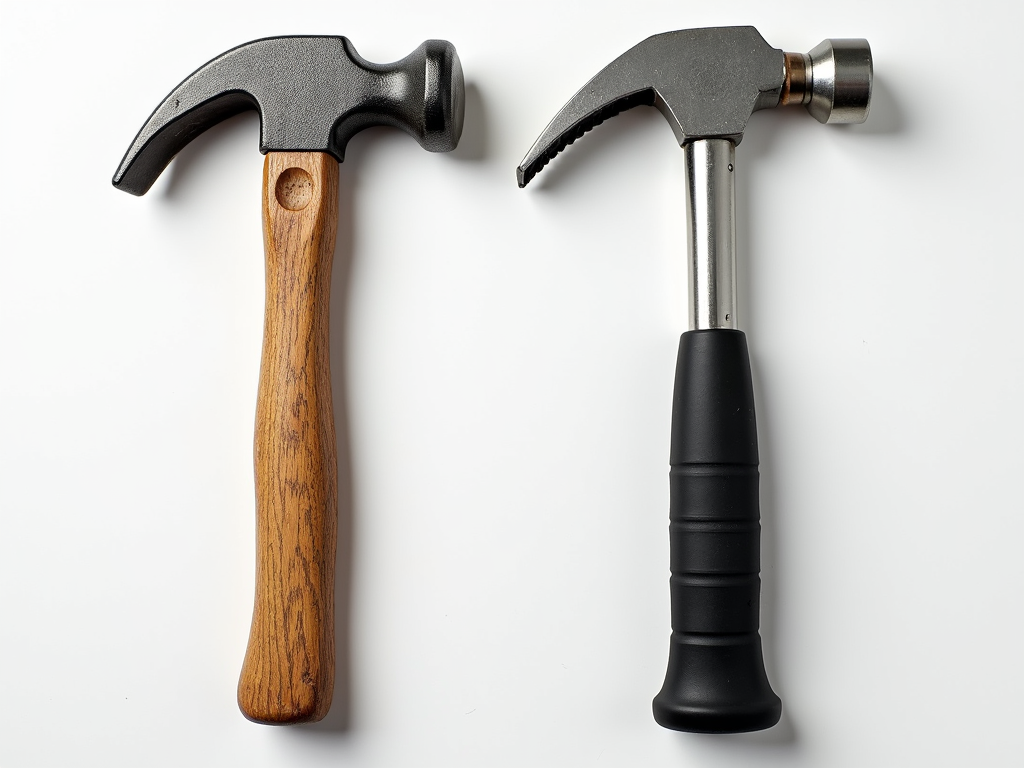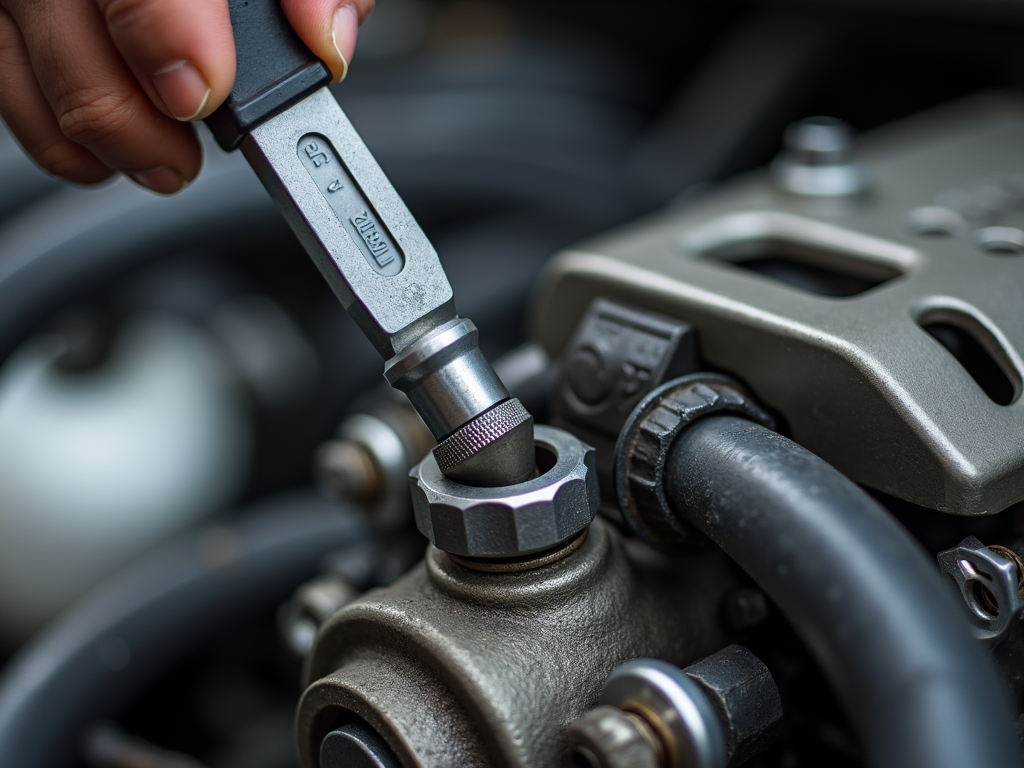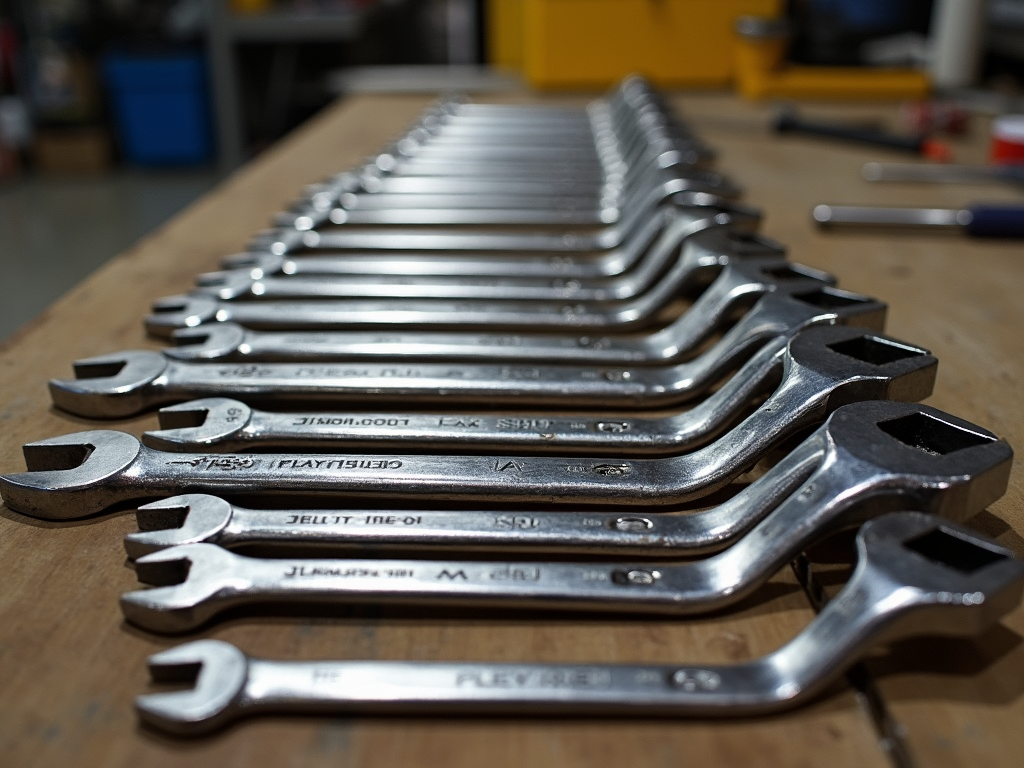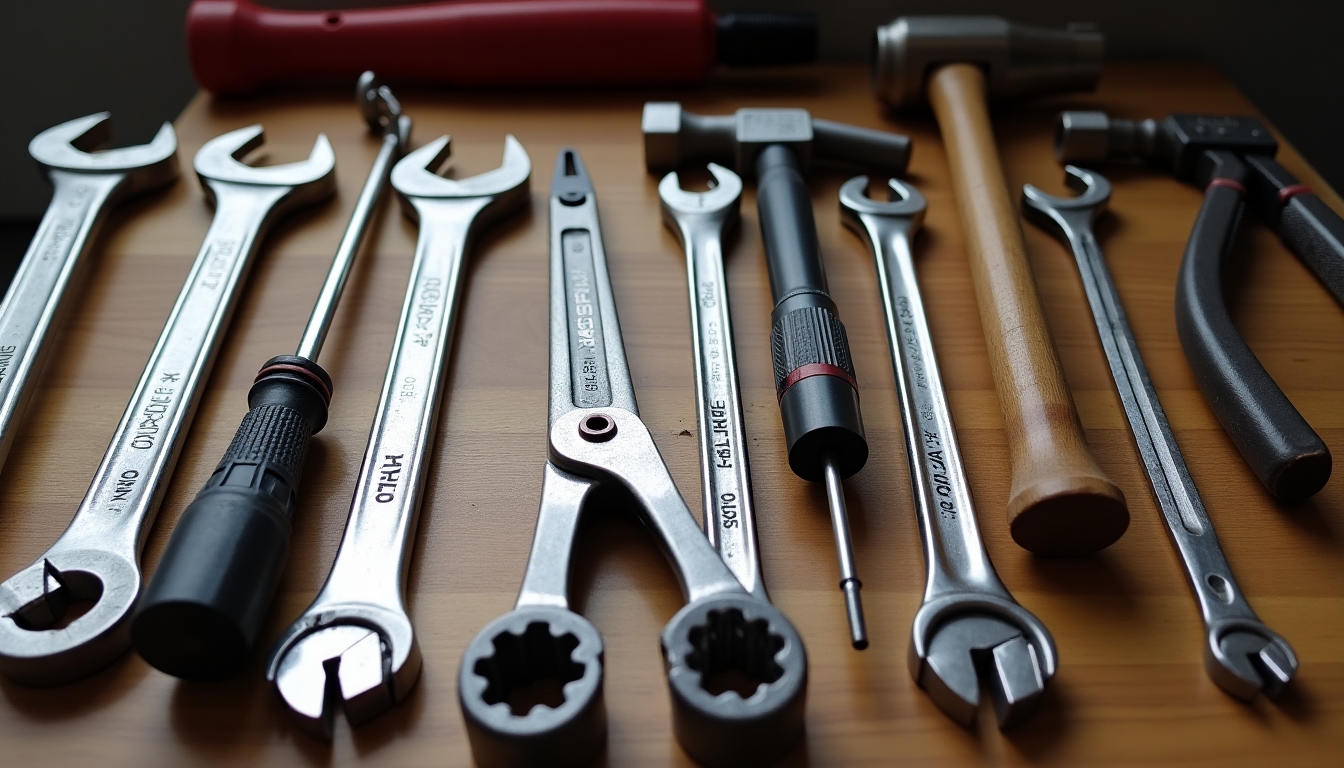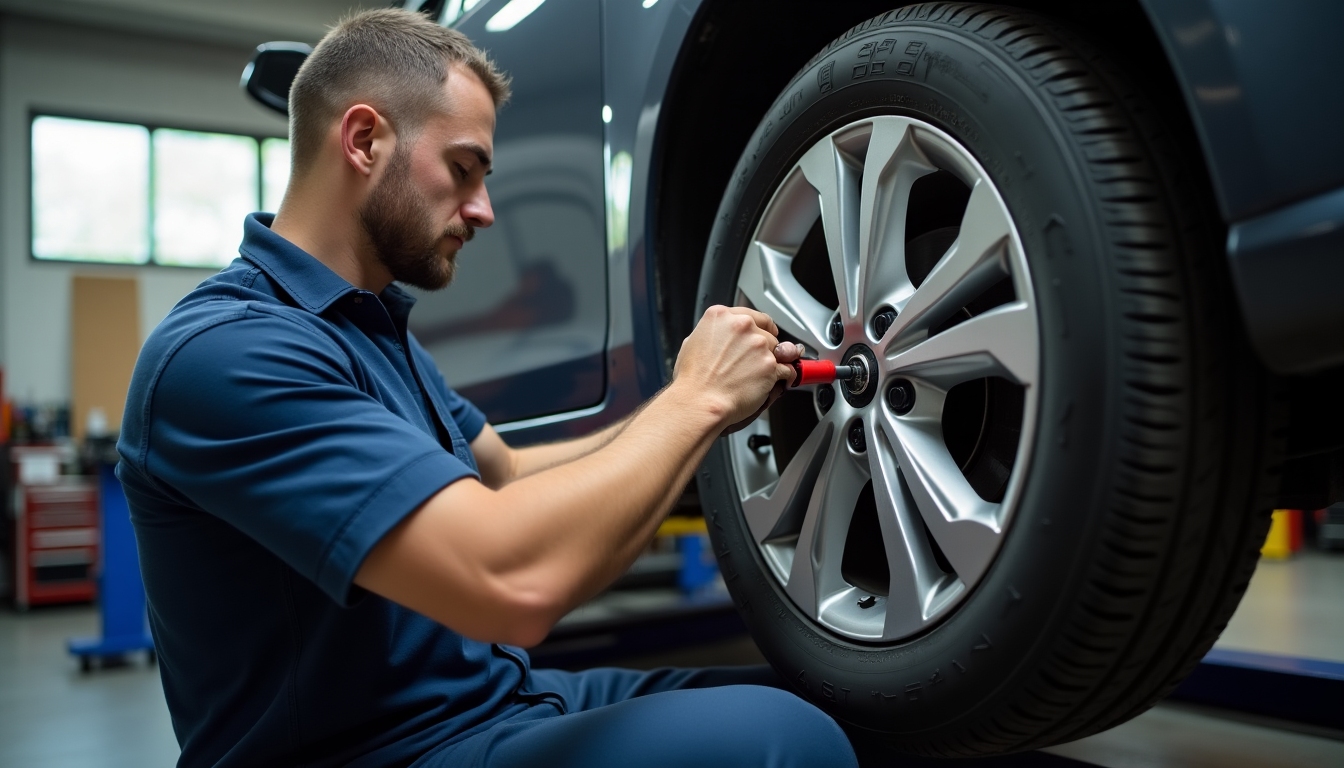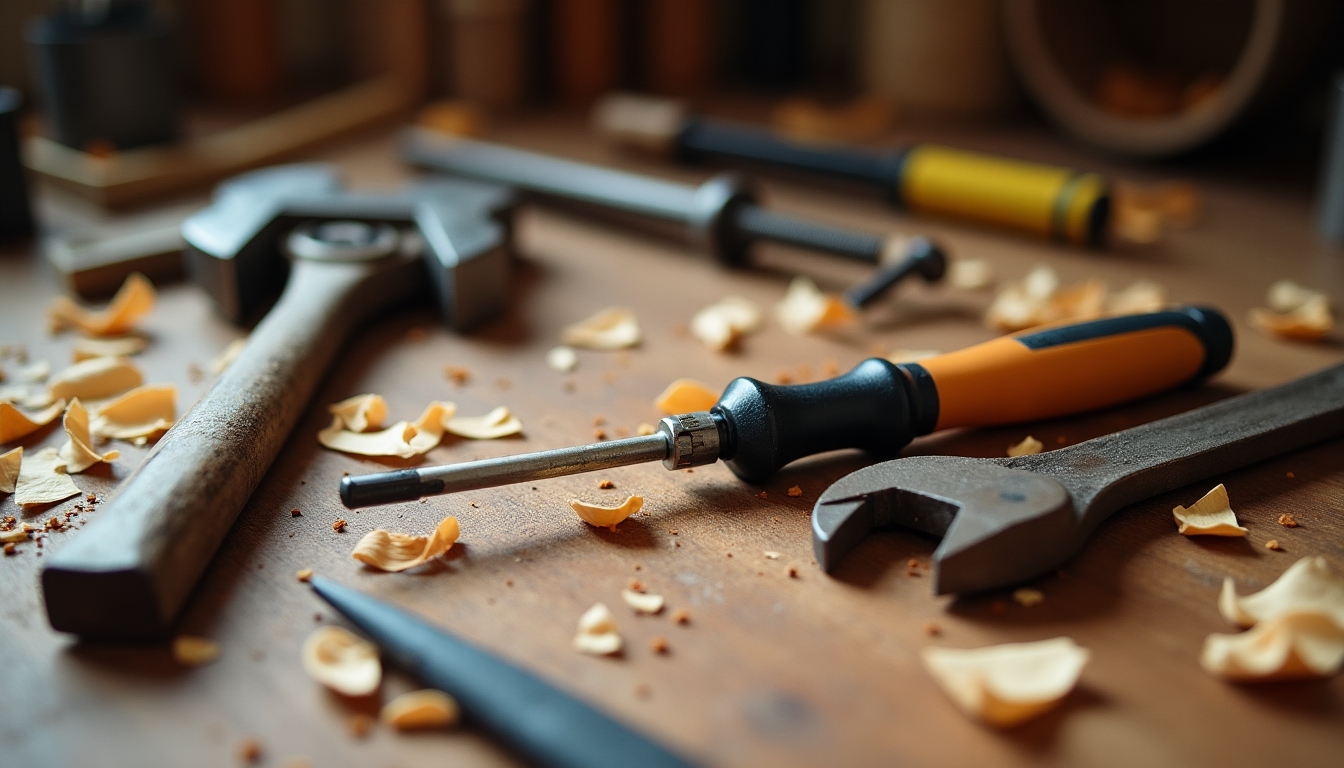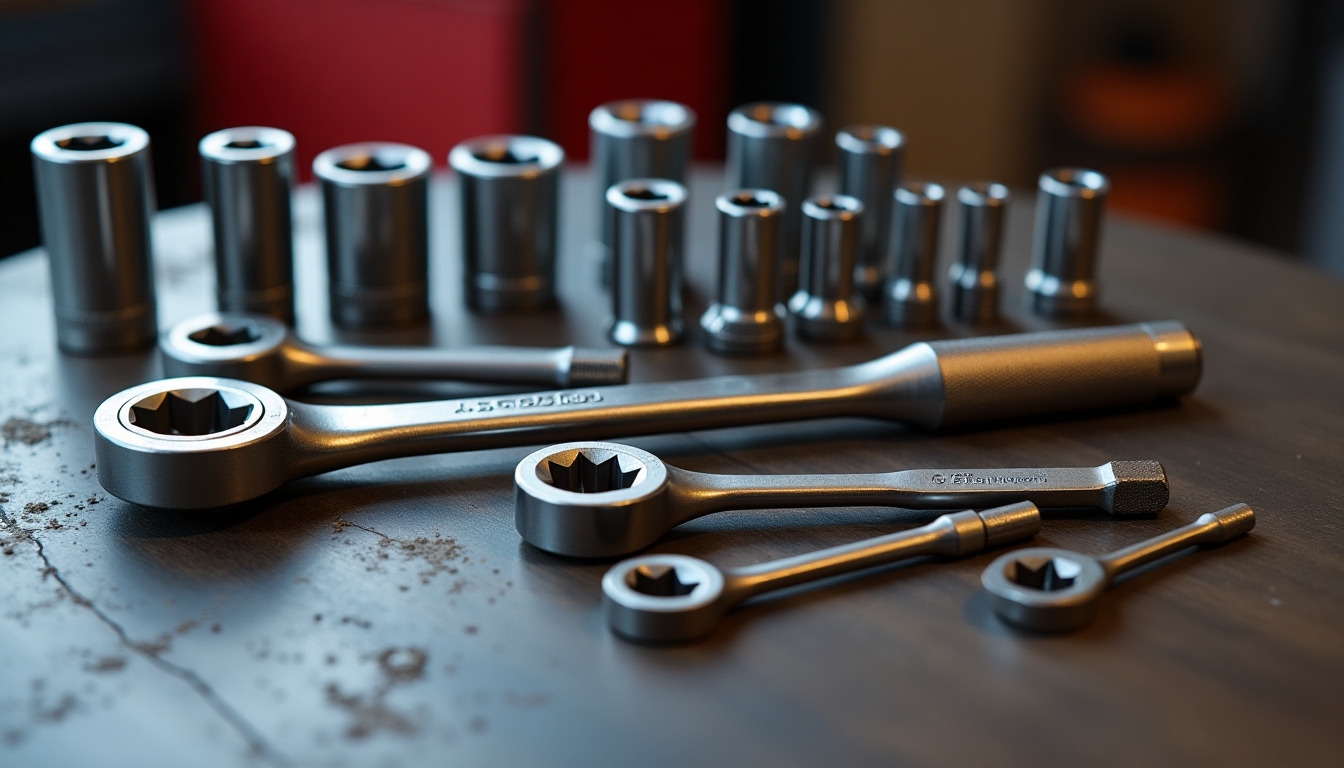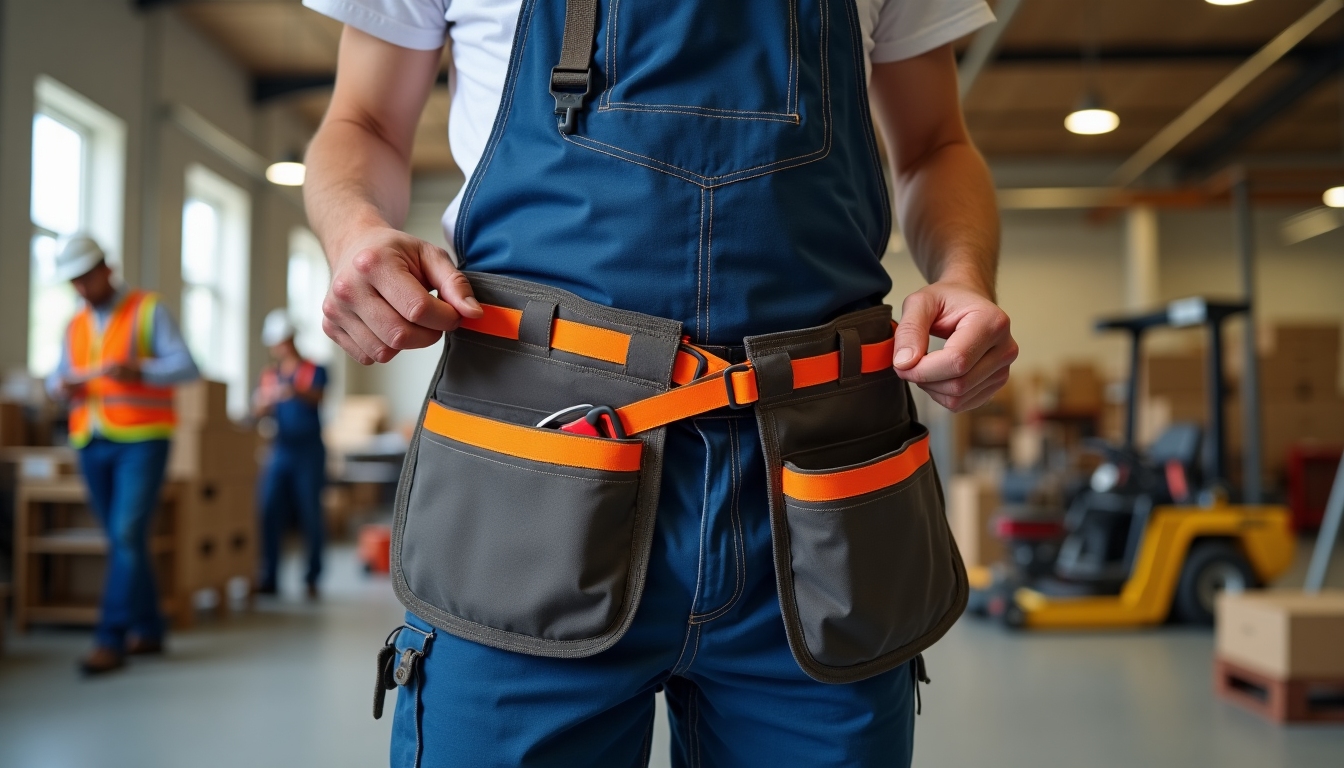Overview
Selecting the right power drill can transform your projects. This guide explains how to choose the right power drill for your projects, whether you're fixing up your home or working on a job site. Let’s dive into the details to find the best fit for you.
Choosing the right power drill can feel overwhelming with so many options out there. I’ve been there—staring at a wall of drills, unsure which one would actually help me get the job done. After years of trial and error, I’ve learned what matters most. Let’s break it down together.
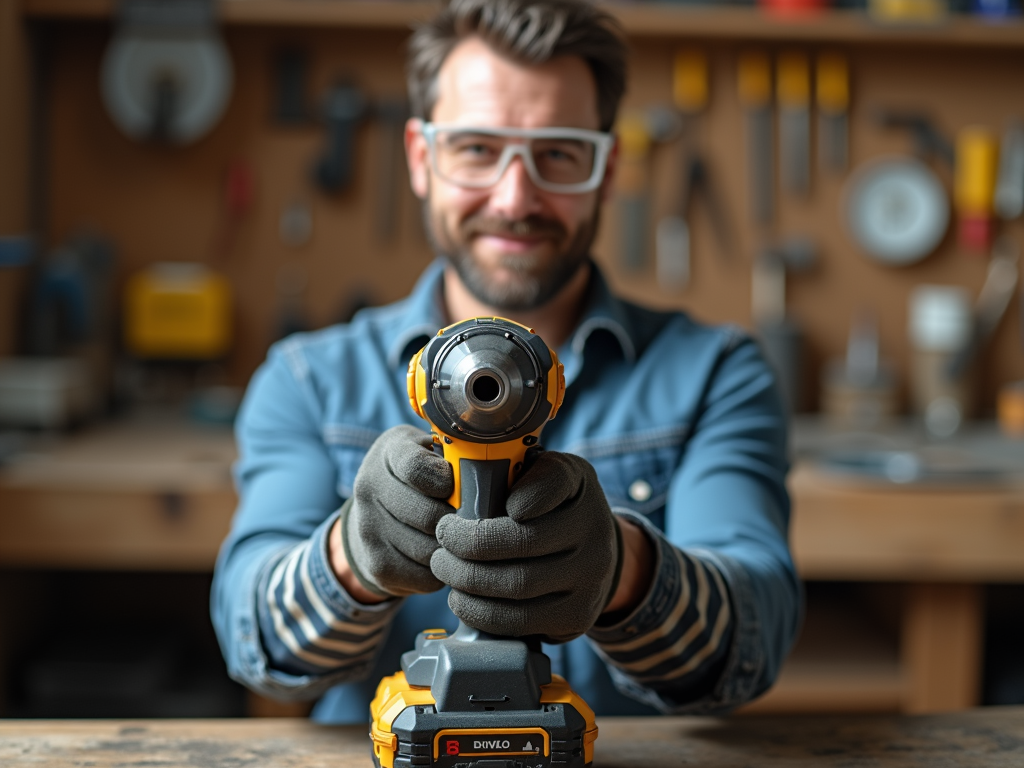
Types of Power Drills
Not all drills are the same. Here’s a look at the main types:
- Corded Drills: Plug them in for steady power. Perfect for big jobs but less mobile.
- Cordless Drills: Run on batteries. Great for flexibility and most home tasks.
- Hammer Drills: Built for tough stuff like concrete. They pound and spin at the same time.
- Impact Drivers: Best for screws and bolts. They pack a punch with extra force.
Think about your projects. A cordless drill works for most DIY stuff—like building shelves. But if you’re tackling a brick wall, grab a hammer drill. I once tried using a regular drill on concrete. Big mistake—it barely scratched the surface.
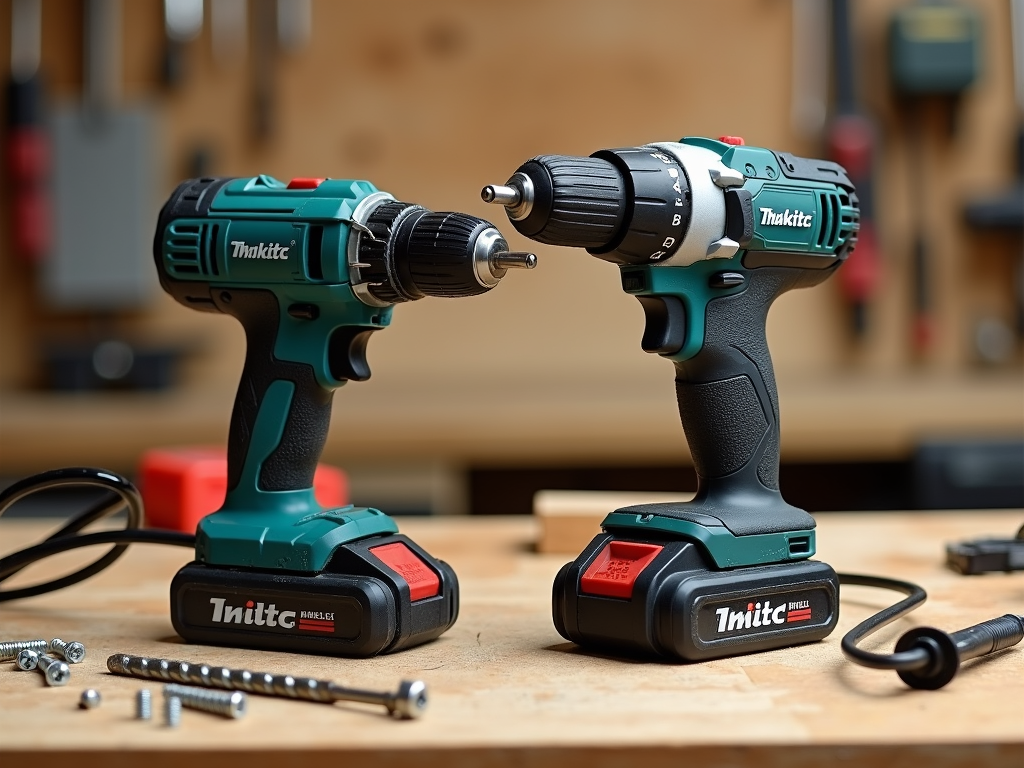
Must-Have Features
Once you pick a type, check these features:
- Power: Cordless drills use volts (higher is stronger). Corded ones use amps.
- Battery Life: For cordless, go for lithium-ion. They last longer and charge faster.
- Chuck Size: This holds the bit. A 1/2-inch chuck takes bigger bits; 3/8-inch is common.
- Speed Control: Adjust speed for wood or metal. More control means better results.
- Comfort: A good grip matters. You don’t want hand cramps mid-project.
I learned the hard way about comfort. My first drill had a slippery handle—after 20 minutes, my hand was screaming. Now, I always hold a drill before buying it to make sure it feels right.
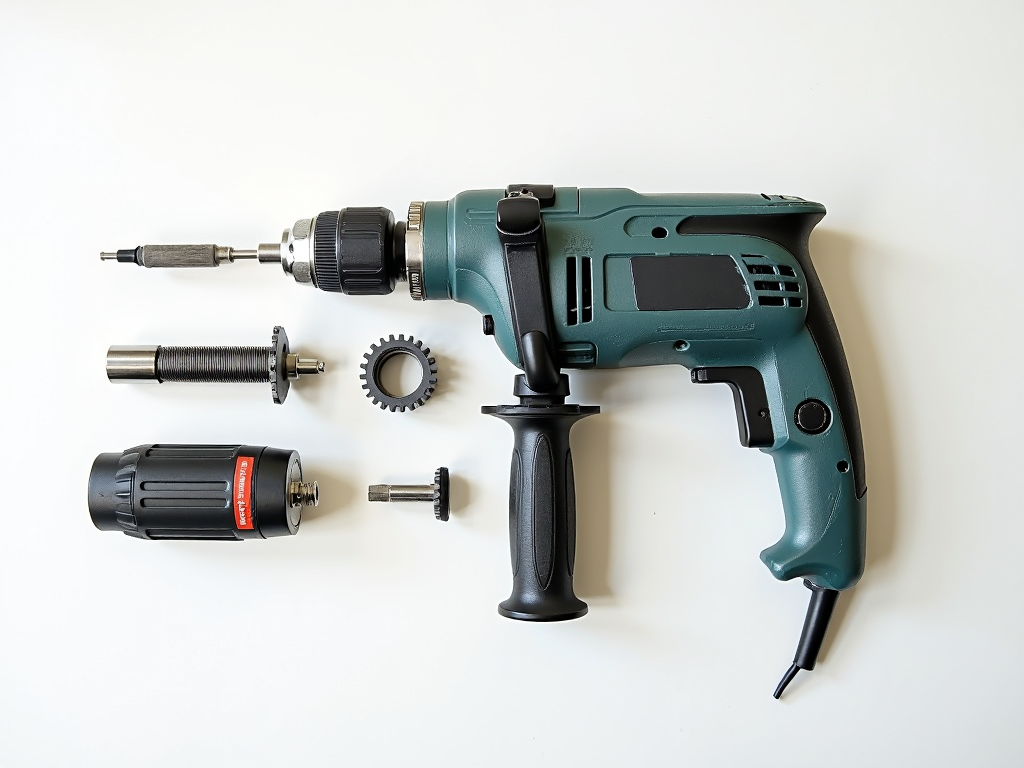
Matching Drills to Projects
Here’s a simple table to guide you:
| Project | Best Drill Type |
|---|---|
| Wood or metal DIY | Cordless drill |
| Concrete walls | Hammer drill |
| Screws and bolts | Impact driver |
| Big construction | Corded drill |
Building a birdhouse? A cordless drill is plenty. But for mounting a TV on a concrete wall, you need a hammer drill. I once helped a friend with a deck—our cordless drill ran out of juice halfway. Next time, we charged two batteries!
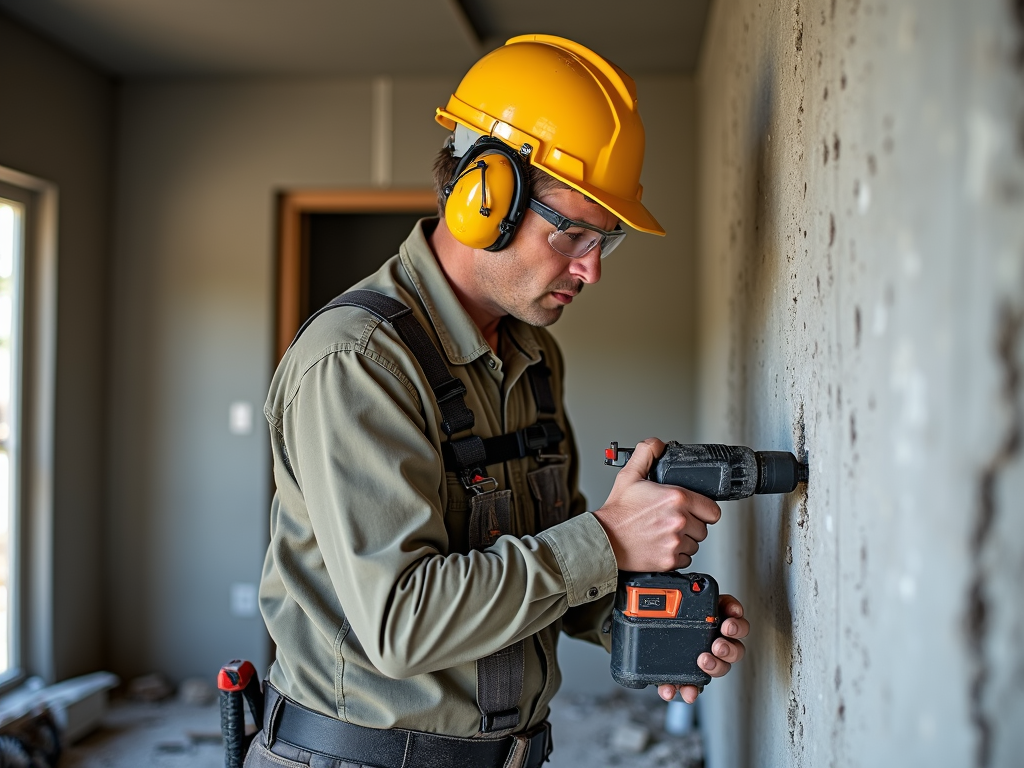
Extra Features for Pros
If you’re into advanced workman tools for professionals, look at these:
- Brushless Motors: They run cooler and last longer.
- Smart Tech: Some drills link to apps for custom settings.
- Multi-Speed: Switch ranges for precision on tricky materials.
- Lights: Built-in LEDs light up dark corners.
These extras are great for pros but can cost more. I’ve used a drill with an LED light in a basement—no more fumbling with a flashlight. Worth it if you work in tight spots often.
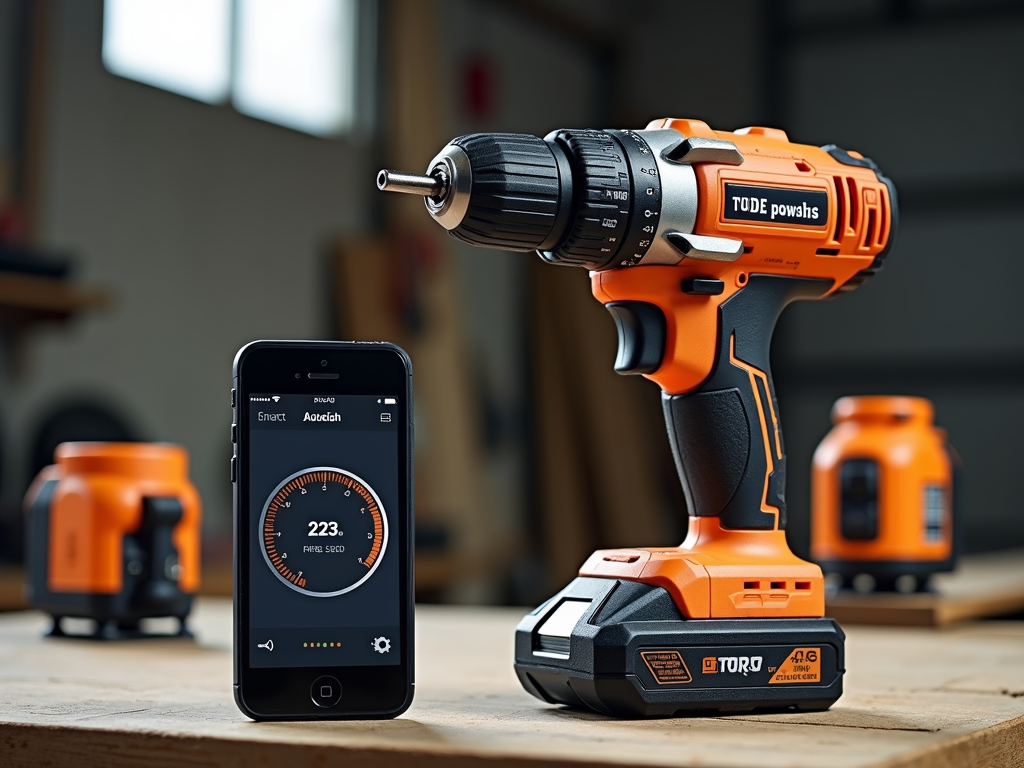
How Much Should You Spend?
Drills vary in price. Here’s what you get:
- Under $50: Basic cordless for small jobs.
- $50-$150: Solid options with good power and features.
- Over $150: Top-tier drills for heavy use.
Don’t cheap out if you’ll use it a lot—a $30 drill died on me mid-project once. But for occasional fixes, a budget one does fine. Balance cost with how often you’ll need it.

Stay Safe
Power tools need care. Follow these tips:
- Wear safety glasses—bits can break and fly.
- Use ear protection for long jobs.
- Keep your space clear and bright.
- Unplug or remove the battery before swapping bits.
- Don’t push too hard—let the drill work.
I had a scare once—a bit snapped and shot past my head. Now, I always check the bit and wear glasses. Safety’s not optional.
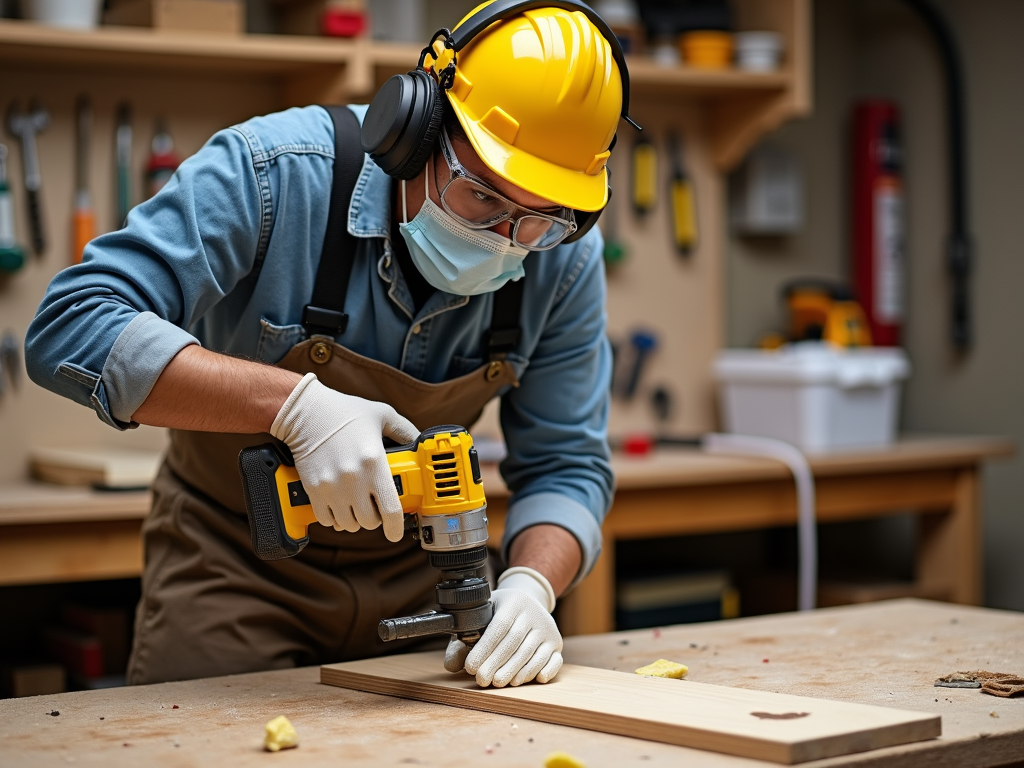
Keep It Running
Take care of your drill with these steps:
- Wipe it down after use—dust kills motors.
- Tighten the chuck if it wiggles.
- Store batteries cool and dry, not overcharged.
- Add oil to parts if the manual says so.
I neglected my first drill—left it dusty in a garage. It jammed up fast. Now, I clean it every time, and it’s lasted years.
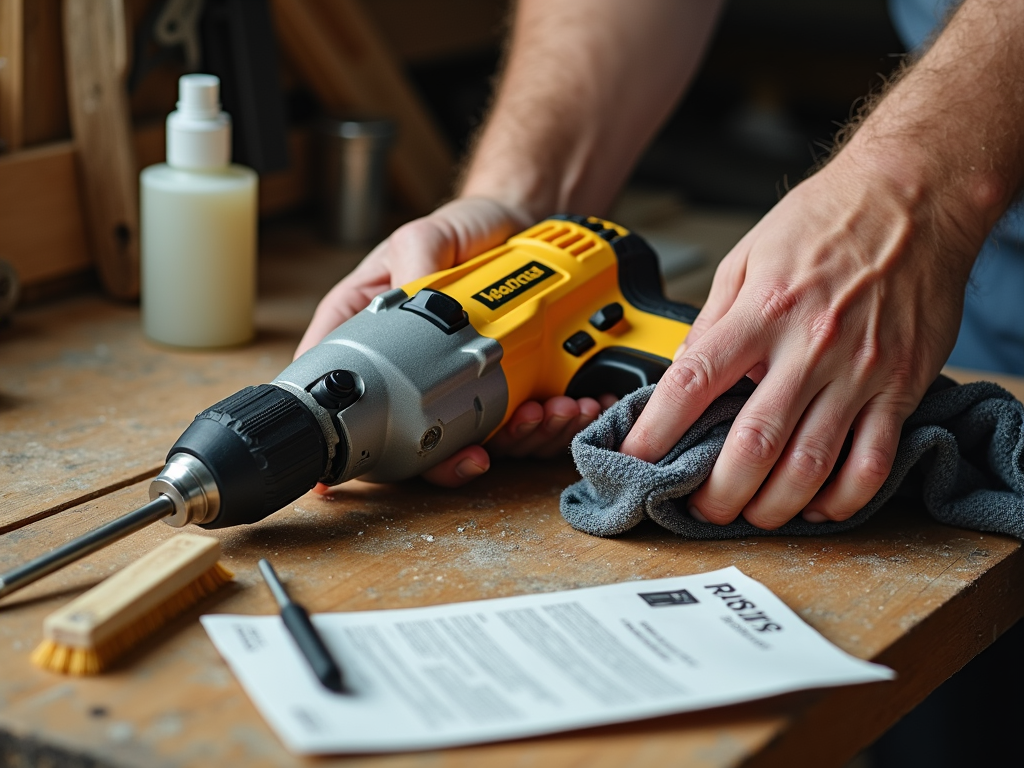
Summary
Finding the right power drill means matching it to your projects, checking key features, and setting a budget. Test it in your hand—it should feel good. With the right choice, your work gets easier and better. Happy drilling!
Related How to Choose the Right Power Drill for Your Projects:
- A Beginner's Guide to Plumbing Installation Techniques
- Innovations in Workman Tools Enhancing Comfort
- Essential Workman Tools for Automotive Repairs
- Top 10 Hand Tools Every Mechanic Needs
- Top 5 Multi-Tools Every Craftsman Needs
- Screwdriver Safety Tips: Essential Guide for Workman Tools
- The Ultimate Beginner's Guide to Automotive Repair Tools
- How Torque Wrenches Improve Accuracy in Car Repairs
- Common Workshop Tool Problems and Solutions: A Guide to Screwdriver Maintenance and More
- Must-Have Hand Tools for Mechanics: A Comprehensive Guide
- The Ultimate Guide to Tool Belts with Ergonomic Designs
- Essential Workman Tools: Must-Haves for Every Toolbox
